Best Plants for a No-Light Bathroom: Thrive in the Shadows!
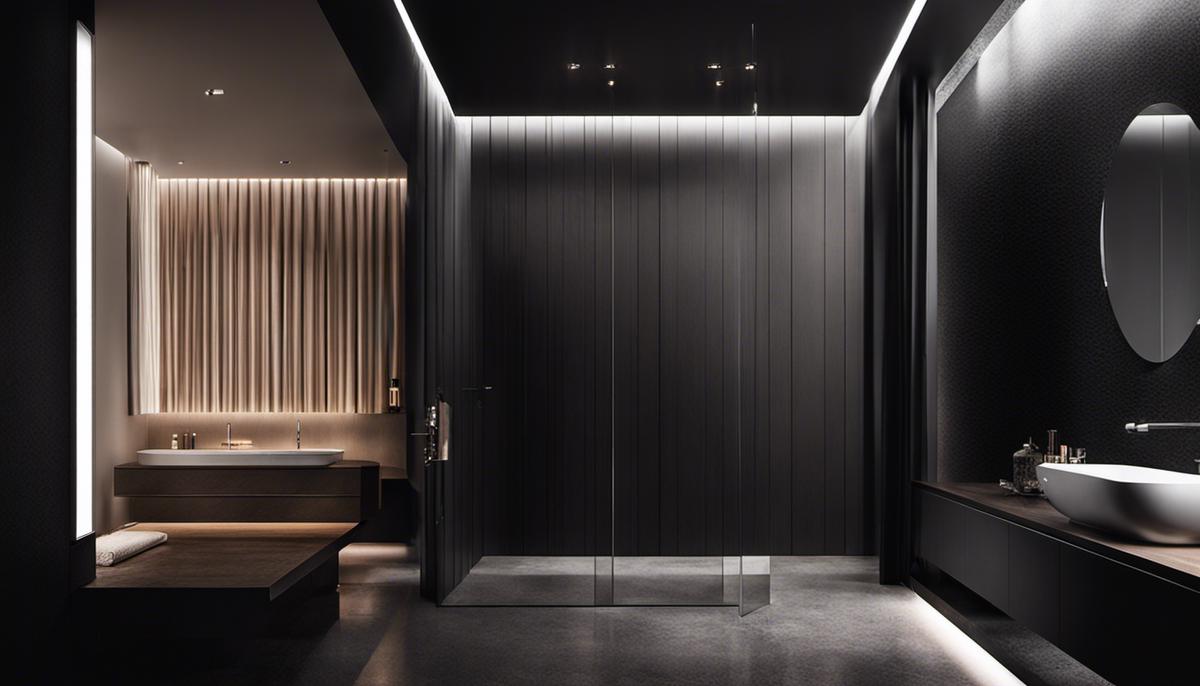
There is undeniable charm and calm that accompanies the inclusion of greenery into our living spaces. However, not all areas of our homes are blessed with abundant natural light, especially the bathroom. This piece delves into the remarkable and adaptable world of plants that can thrive even in a no-light bathroom environment. From understanding the unique conditions of such areas to highlighting the most suitable plants, their care procedures and the potential problems one might encounter, we’ve got all the bases covered for you.
Understanding conditions in a no-light bathroom
The Dark Deal – Tackling No-Light Bathroom Conditions for Your Indoor Greenery
When you’re an indoor gardening enthusiast, every nook and cranny of your living space becomes a prospective garden. It’s wonderful to have leafy greens adorning every corner and enhancing indoor aesthetic. But what if you’re dealing with a windowless bathroom? Let’s discuss the constraints of a no-light bathroom and understand how they affect your indoor plants.
First, there’s the obvious – the lack of natural light. Photosynthesis requires light to convert carbon dioxide and water into energy for growth. In a no-light space, the conditions aren’t optimum for this critical plant process, which can hinder your greenery from thriving. So, we look to the options available for plant species that require minimal light. Consider the ZZ plant or the snake plant, these amazing species have evolved to survive under minimum light, making them suitable for locations with little to no sunlight.
Besides the problem of insufficient lighting, a windowless bathroom can also limit air circulation. Without a regular exchange of air, plants can’t get the carbon dioxide they require for photosynthesis. Limited ventilation can also lead to poor plant health due to reduced evaporation from the soil and leaves. These conditions can foster fungal growth and diseases, further jeopardizing the wellbeing of your bathroom greenery. To remedy this, frequent pruning or installing a ventilation fan can be a practical solution.
Temperature is another crucial factor to bear in mind. Bathrooms, particularly when regularly used, can witness significant shifts in temperature and humidity levels, going from cool to steamy in a matter of minutes. Many plant species might have a tough time adjusting to these abrupt changes. However, plants like the peace lily or ferns thrive in humid settings, making them a terrific contender for bathroom greenery.
Are you worried about the watering regimen for your bathroom plants in such conditions? Well, you should be! Overwatering could have devastating consequences in a no-light bathroom with poor ventilation. The lack of sunlight slows down water evaporation, leading to waterlogged soils that could suffocate your plant’s roots and foster rot and mold. Water only when the soil’s top layer feels dry to the touch to maintain the right moisture balance.
Maintaining a garden of healthy, vibrant indoor plants in a no-light bathroom is indeed a challenge, but definitely not an impossible one. The right selection of plant species, paired with attentive care, can transform your windowless bathroom into a lush green refuge. So, go ahead and let your indoor gardening spirit bloom, even in the darkest corners of your home!
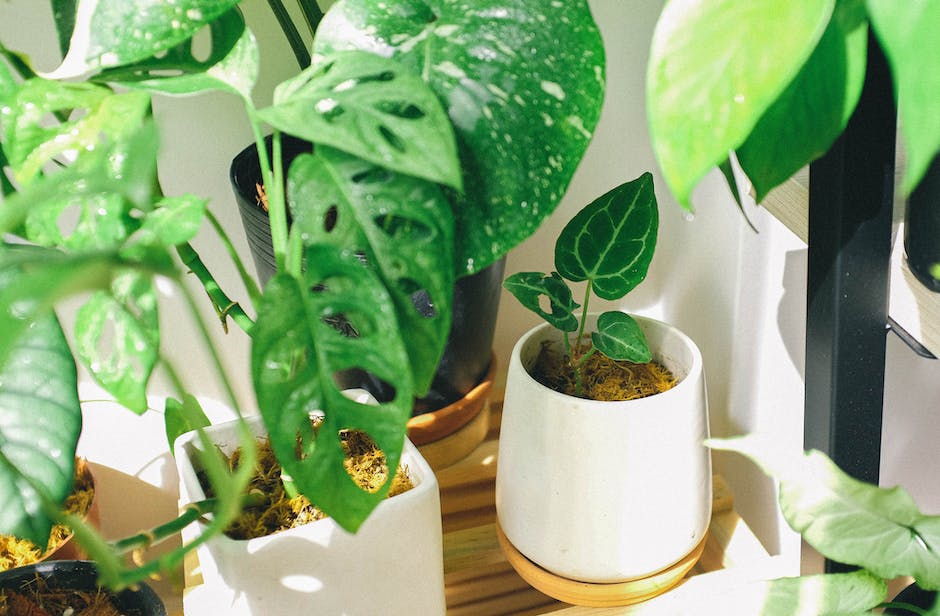
Plant characteristics suitable for a no-light bathroom
The Blueprint for Success: Choosing Plants for a No-Light Bathroom
As we journey through the verdant world of indoor gardening, we sometimes face spaces that challenge our green thumbs. One such space? The no-light bathroom. Yet, even in this unlikely spot, plant life can thrive–IF we select the right species with inherent qualities to withstand such an environment’s unique conditions. To flourish, you’ll want to ensure your green companions possess these characteristics: adaptability to low-light situations, high humidity tolerance, and favoring damp, but well-drained soil.
Adaptability to Low Light: A Crucial Element
Any indoor plant set up in a space without natural light needs an inbuilt resilience to lower light conditions. Photosynthesis, their means of generating food, becomes an uphill battle. Thus, when selecting your bathroom greenery, you should look out for species with dark green or variegated leaves. Because these plants are adapted to understory growth in forests and jungles, the darker pigment allows them to derive more energy from lower light conditions.
Tolerance to High Humidity: A Non-Negotiable Factor
Humidity levels can spike dramatically in bathrooms, especially after a hot bath or shower. Your chosen plant should not just survive, but actually relish, this moisture-rich environment. Many types of orchids, ferns, and palms are native to tropical regions and can pull water directly from the air in high humidity circumstances.
Favoring Damp, Well-Drained Soil: The Balancing Act
Bathroom plants enjoy a damp, but not waterlogged, soil environment. A plant such as the snake plant or peace lily exhibits a great ability to tolerate a variety of watering schedules and can thrive even if you forget a watering session or two. These resilient species have adaptations that allow them to withstand both periods of drought and over-watering, making them exceedingly forgiving.
For those of you intrigued by the vitality and vibrancy plants can bring to your bathroom, remember: the secret lies in discovering those unique species that meet the trifecta of low-light adaptability, high-humidity tolerance, and the balance of damp, well-drained soil. Happy planting!
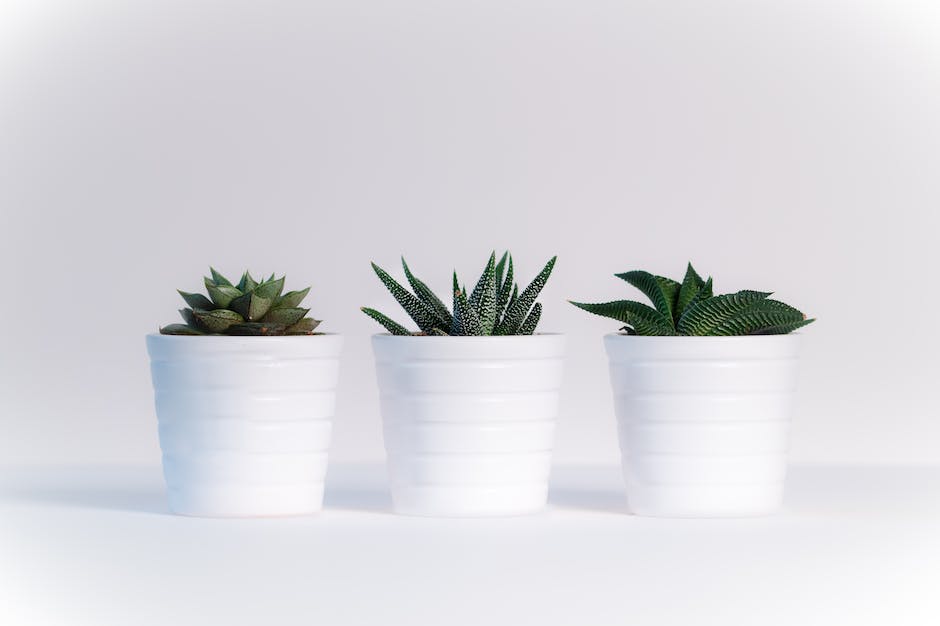
Top low light bathroom plants
Cultivating a green oasis in your bathroom might not seem like the simplest task at hand, but it undeniably brings about a fresh, rejuvenating atmosphere into the room. While aspects of air circulation, temperature variation and humidity levels have been discussed widely, it becomes essential to broaden our understanding of the specific types of plants that adapt well to bathroom conditions.
Every green thumb would agree, adaptability to low light plays a critical role when choosing bathroom-friendly plants. Despite the bathroom’s low-light conditions, certain plant species manage quite well. Plants featuring dark green foliage, such as a ZZ plant (Zamioculcas) or a Cast Iron plant (Aspidistra), are typically experts at surviving in low-light conditions as dark leaves tend to photosynthesize more efficiently in dim light. Similarly, variegated plants like the Pothos can also thrive as the white or light green portions of their leaves reflect any available light, facilitating photosynthesis.
In addition to low-light tolerance, plants that thrive in high humidity settings are quintessential candidates for bathroom decor. Bathrooms tend to get steamy, simulating a tropical environment. This makes orchids, especially the Phalaenopsis variety, perfect for the bathroom, as their love for humidity and tolerance for low light mimic their native tropical rainforest setting. Ferns like the Boston Fern or Maidenhair Fern also relish this humid environment, adding a touch of lush green to the space.
The issue of watering and the balance of soil moisture crops up when tending for any indoor plant, let alone ones in the bathroom. Overwatering can be a death sentence, especially in a space where humidity is high. Hence, bathroom plants should ideally favor damp, well-drained soil. In this light, the Peace Lily and the Snake Plant are admirable options. While the Peace Lily enjoys moist soil, the Snake Plant prefers to dry out between waterings, both providing a forgiving margin for watering mishaps.
Further diving into plant species, Palms make excellent bathroom plants as well. Kentia and Parlor Palms are excellent choices given their less demanding light requisite and fondness for humidity, instantly elevating the aesthetic vibe of the bathroom space to an exotic, tropical retreat.
The infusion of natural elements into indoor spaces like the bathroom has positive effects on both room aesthetic and individual well-being. Humans have an innate craving for nature – a phenomenon known as biophilia – and the addition of plants to interior spaces encourages this connection, creating a lively and vibrant atmosphere. The very act of caring for these plants, watching them thrive, sporadically bloom and grow is tremendously rewarding and therapeutic, further emphasizing the significance of indoor gardening in our lives.
So, to enhance your bathroom’s ambiance, consider these well-suited, bathroom-adoring plant species. With the right plant in the right space, you’ll cultivate not just a green corner but an energizing, refreshing experience at home, promoting a sense of peace and tranquility.
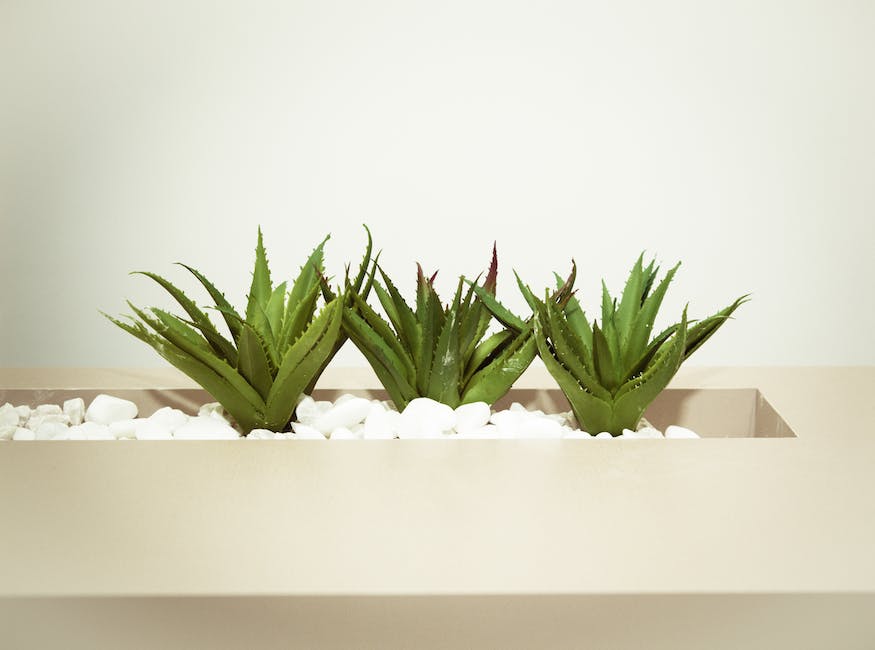
Caring for low light bathroom plants
Despite the obstacles encountered in a low-light bathroom environment, it’s feasible to create a green oasis that not only tolerates but quite literally radiates within these unique conditions. All it takes is an understanding of the specific needs of each plant and implementing strategies tailored to maintaining those needs.
A primary factor to consider is a plant’s adaptability to low-light environments. Many plants can photosynthesize efficiently under diffused, indirect light. Room décor and paint color can noticeably enhance the brightness and light reflection within your bathroom. Mirrors and light-colored walls or tiles can significantly increase the light available to your plants without needing a window.
Humidity can be a potent weapon but a double-edged sword as well. High humidity is beneficial for behaving as a natural leaf cleanser, providing a natural defense against pests like spider mites. However, too much can lead to mold and unwanted pests. Thus, it becomes a game of balance – using the shower’s humidity to our advantage without overexposing the plants to possible problems. An occasional wiping of the leaves with a damp cloth can offer additional control against pests and prevent dust from blocking the leaves’ pores.
The plants you intuitively gravitate towards for your bathroom should favor damp, well-drained soils. They should relish the sporadic drenching followed by thorough drying cycles. The need for adequate drainage can’t get overstated when it comes to these plant varieties. Select pots with drainage holes and utilize that trusty blend of peat-free potting compost and perlite to create a well-drained environment. Remember, roots need air as much as they need water.
The exciting part comes in choosing and knowing what types of plants are suitable for this specific environment. In reality, there’s a surprising variety of plants perfectly suited for a no-light bathroom. The ZZ plant (Zamioculcas Zamiifolia), the forgiving Cast Iron plant (Aspidistra Elatior), and the ever versatile Pothos (Epipremnum Aureum) are excellent options. The exotic Phalaenopsis orchids, humidity-loving ferns, striking Peace Lilies (Spathiphyllum), sturdy Snake Plants (Sansevieria), and versatile Palms also thrive in such environments, graciously adding a vibrant splash of green to the bathroom.
Indoor plants are a testament to our symbiotic relationship with nature, demonstrated by their positive therapeutic effects and enhancements of a home’s overall ambiance. Not only do they make your surroundings beautiful, but caring for them can be a great leveller, an antidote to the chaos of modern life.
So, take the dive, select that bathroom-friendly plant, and enhance your mornings with an unexpected pop of nature in an otherwise common bathroom space. Grow on, hobbyist gardeners!
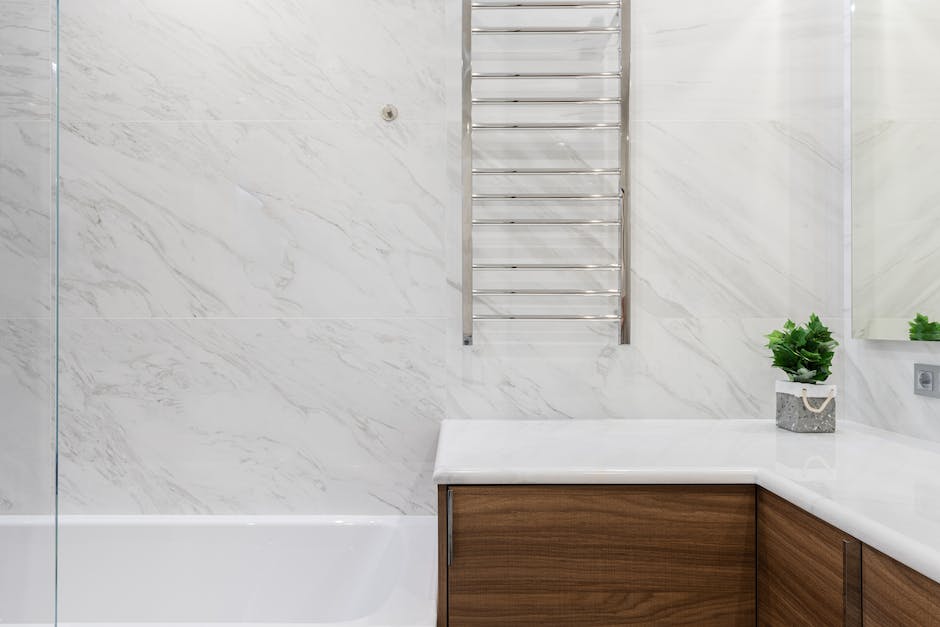
Dealing with potential problems
Driving into the world of low-light bathroom plants is an invigorating adventure, full of unexpected challenges that can test even the greenest thumb. Knowing the most common problems and their solutions, will take you a step closer to maintaining a healthy indoor jungle, even in the most challenging environments, such as a no-light bathroom. Let’s dive in!
One may encounter issues regarding insufficient lighting, even with low-light adaptable plants. Many low-light plants are initially grown in greenhouses with more light than your bathroom will ever see. As they adjust to lesser light conditions, they may shed leaves, a completely normal part of the acclimation process. Simply ensure to remove any fallen or yellowing leaves promptly to prevent potential fungal growth.
Moreover, inadequate nutrients might stall your green beauties from thriving. Bathroom plants have unique nutrient requirements due to the lack of natural sunlight. Hence, supplementing their diet with indoor plant fertilizer during the growing season is recommended. Remember, these plant companions usually require less fertilizer than their counterparts in sunnier locations. Over-fertilizing can cause salt buildup in the soil, which can lead to root burn. To prevent this, ensure to leach the soil periodically by running lukewarm water through it for a few minutes.
Next, let’s comb over the challenge of potting and repotting. Unlike the plants out in your garden, your bathroom greenery doesn’t have the luxury of unlimited space to sprawl. They are confined to their pots, and if they outgrow them, they may become root-bound. This can cause slowed growth and even plant death in severe cases. Hence, keep an eye out for roots growing out of the drainage holes or circling the surface of the soil – both clear indications that it’s time for a slightly larger pot.
Misjudging the watering schedule is another hurdle you may leap over in your plant parenthood journey in the bathroom. Unlike other indoor plants, bathroom plants often get extra water from the steam of your showers. This can make them more susceptible to root rot if they’re watered too frequently. The thumb-rule here is to check the moisture levels of the soil before watering. If it feels dry to a half-inch depth, it’s time to water.
It’s also wise to be vigilant about possible pest infestations. Warm, high-humidity environments such as the bathrooms can attract pests like spider mites, fungus gnats, and scale insects. Regular inspection of your plants is essential to catch any infestations early. If found, you can safely treat your plants with homemade mild insecticidal soap or ready-to-use products available in the market.
Finally, let’s touch upon plant stress. Like any living creature, plants too can experience stress when their environment changes suddenly. Whether it’s a new location or a sudden drop in temperature, any drastic changes can lead to leaf drop or wilting. The key here is gradual acclimatization. Move your plants slowly to new locations, allowing them to slowly adjust to the new light levels and humidity.
Having low-light bathroom plants and maintaining them might seem arduous, but the sense of accomplishment when they thrive is unparalleled. Be attentive, patient, and armed with the right knowledge to mitigate any problems. This urban jungle journey in your bathroom will no doubt be a rewarding commitment. Happy gardening!
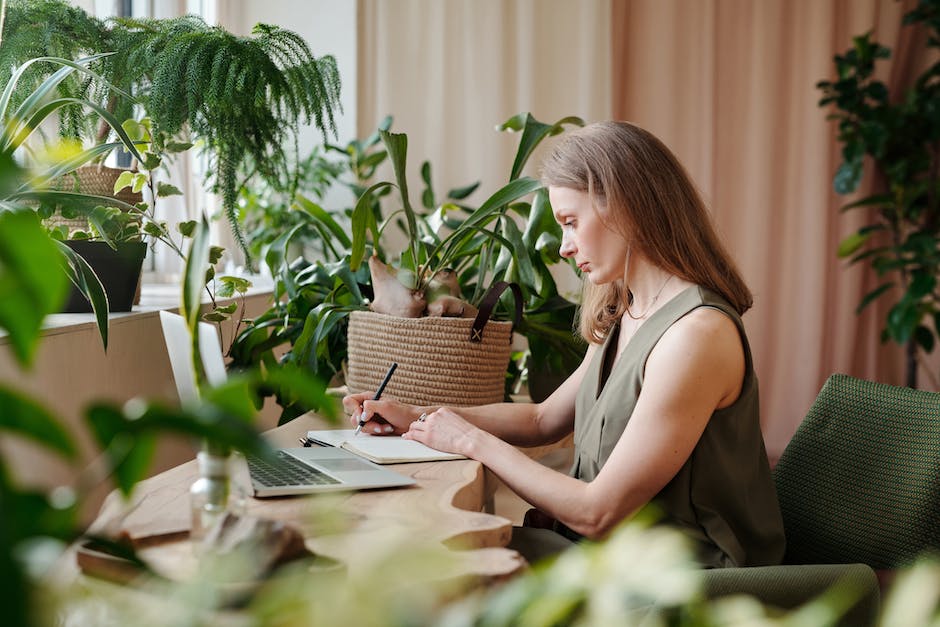
Reflecting on the salient points addressed, there’s a diverse range of resilient plants available that can not only survive but even thrive in no light or low light bathroom conditions. Key factors such as the plants’ light tolerance, humidity preferences and care requirements drive their suitability for these environments. Additionally, by actively monitoring for any signs of discomfort and seeking prompt resolution, you can maintain your green sanctuary flourishing. Remember, just because you don’t have bountiful natural sunlight doesn’t mean you can’t foster a thriving indoor garden in every corner of your home, bathroom included.



